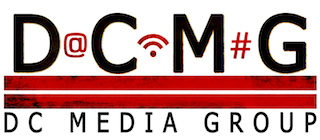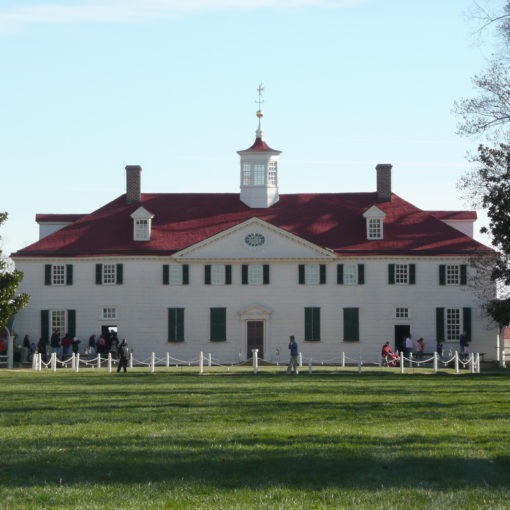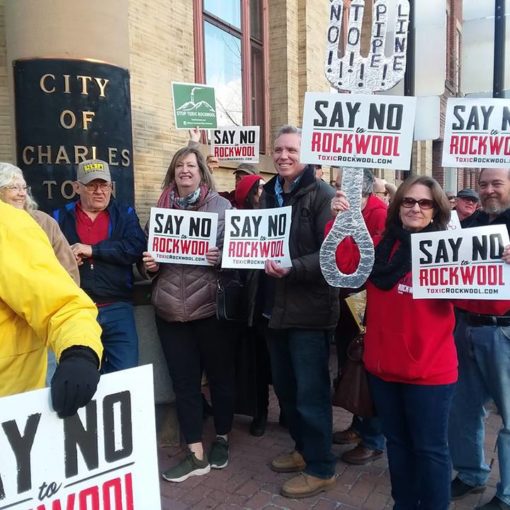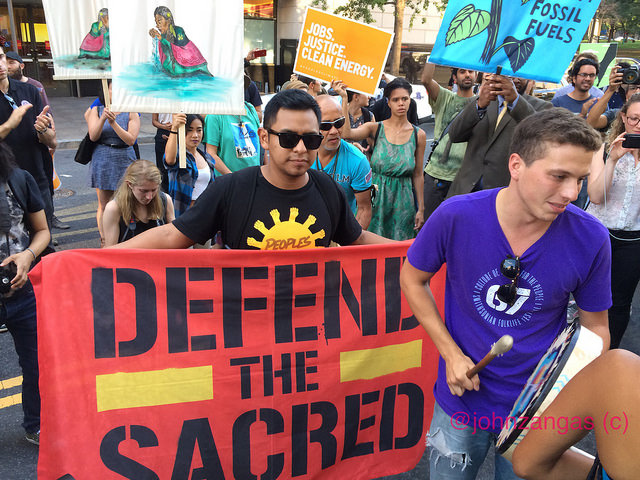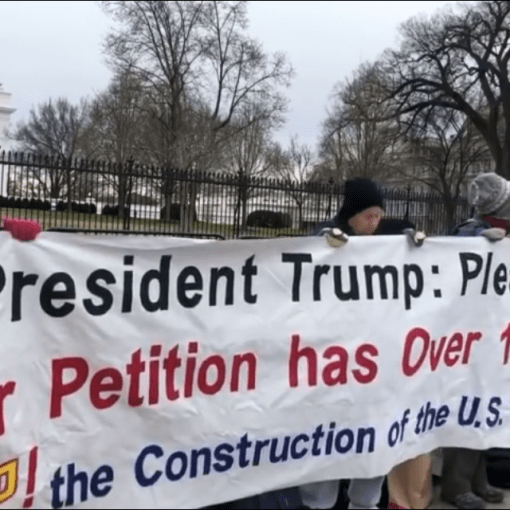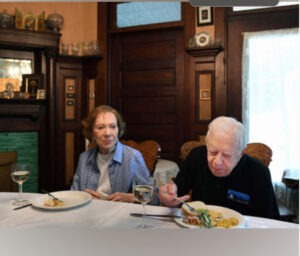
Washington DC—Jimmy Carter, 39th President of the United States and oldest surviving former Chief Executive, died today at age 100. He served as President from from January 1977 to January 1981. He was Governor of Georgia from 1971-1975 and served as Georgia State Senator from 1963-1967. He married his lifetime partner, Rosalynn Smith in 1946, a union lasting 76 years. Rosalynn Carter preceded him on November 19, 2023.
Jimmy Carter was a Naval Academy Midshipman studying Nuclear Engineering from 1943 to 1946 and a graduate in the class of 1947. He accepted an accelerated commission due to WWII. He went on to serve aboard the USS Submarine Sandwolf. He served in the Navy until 1953 and he was awarded the WWII Victory Medal and Dolphin insignia. He resigned his commission and returned to Georgia to help his father run his peanut business.
His Administration replaced the Gerald Ford Administration, which overlapped and followed the tumultuous Nixon and Watergate period. His Presidency was seen as a revitalization of trust in government and a break from a troubled time of steep erosion in public trust of the Executive Branch, which preceded his administration.
Once in office, his vision was to enact secure ethics standards throughout government and in the Executive Branch to reestablish trust in Oval Office decisions. His policies laid the ethics bedrock in governmental affairs across its agencies for decades to come.
On his second day in office he kept a campaign promise by granting an unconditional pardon to tens of thousands of Vietnam “draft dodgers,” many of which had fled to Canada to avoid certain combat service in Vietnam. His Executive Order granted them amnesty and honorable discharges under what became known as the ‘Carter Program’ but such Veterans were permanently locked out of Veterans benefits for being absent without leave and in desertion during wartime. Many Veterans groups opposed the move because it forgave thousands who abandoned their responsibilities during the Vietnam War. But had it not been for his Executive Order, thousands of Veterans would not have been able to reassimilate into their communities after the unpopular war ended.
Up to that point pardons were available to Vietnam Veterans who fled service under the Ford program. Pardons under Ford were contingent upon voluntary civil service of some amount of months based upon the length of absence from military service but under the Carter Program, pardoned Veterans received clemency without requiring voluntary civil service.
While in office he brokered the Camp David Peace Accords in 1978, a 12-day marathon of secret meetings between Egyptian President Anwar Sadat and Israeli Prime Minister Menachem Begin. A pair of agreements laid the groundwork for a lasting peace agreement between Israel and Egypt and ended a 3 decades’ long military standoff that elluded five Presidents before him. Israeli Prime Minister Menachem Begin and Egyptian President Anwar Sadat shared the Nobel Peace Prize later that year for their peace agreement.
The Camp David agreements generated controversy however, because Palestinian leaders were not consulted or included in the negotiations during the 12-day accords. The occupied Palestinian territories were not guaranteed sovereignty in the Camp David agreement.
Jimmy Carter was environmentally minded, perhaps the most “green“ minded president who has served. He convinced Congress to pass the Alaska National Interest Lands Conservation Act to protect 104 million acres of Alaska wilderness. He signed it into law on December 2, 1980. The remote refuge would protect wildlife for future generations. In recent years the refuge was thrown into controversy as attempts were made to build a road through it. In May 2022, he filed an amicus brief in the dispute and in opposition to developing the land.
Economic Challenges Trouble Carter Administration
His presidency was not without controversy. Inflation and unemployment undermined the economy during his administration. OPEC raised oil prices and growing U.S. demand caused gasoline shortages. At that time the U.S. was importing 40% of its energy needs. Economic difficulties resulted in what he called a “crisis in confidence.” On July 14, 1979, he laid out plans for energy independence in a speech to the nation about energy and inflation. His plan to reduce reliance on imported oil would soon be preempted by another crisis in Iran: the overthrow of the Shah and the U.S. Embassy takeover.
Bridge of Turquoise—Desert of Despair
On November 4, 1979, Iranian students raided the U.S. Embassy in Tehran and took 66 hostages, beginning a 444 day standoff lasting until the very last minutes of his Presidency. Up to 1979 the U.S. and Iran shared mutual interests in global influence. Shah Reza Pahlavi, the king of Iran, sought to become a regional military power. The U.S. traded military equipment for oil in an agreement which elevated the Shah to the 5th most influential country with billions in military projects. In return Iran provided discounted oil to the U.S. and gave the U.S. a close ally in the Middle East.
The Shah was overthrown in early 1979 as popular discontent rose against him among the middle class, On February 2, Ayatollah Ruhollah Khomeini, who had been living in exile in France, returned to Iran, and soon unseated over 25 years of American influence in the region. This undermined the security of thousands of U.S. and other foreign workers in Iran.
The hostage crisis was triggered days after the Shah, Reza Pahlavi was granted access to healthcare in New York City for cancer treatment. This incident led to the students taking over the U.S. Embassy in Tehran, an event that would eventually lead to President Carter’s political downfall.
The U.S. embassy takeover in Tehran enraged the American public. President Carter sought a negotiated settlement with the release of U.S. Embassy petitions, but the students agreed to the release only Women and Black Americans in the early months of the standoff because of their minority status. As Ayatollah Khomeini returned to Iran and subsequently to power in 1979, relations between the U.S. and Iran deteriorated and tensions over the hostage crisis made it seemingly unsolvable.
Throughout this crisis Carter worked patiently with his National Security Advisor Zbigniew Kazimierz Brzeziński to broker a release of the hostages through diplomatic channels, appealing to the UN and even the World Court for help. But the hostages were not released. The anger from voters would rise until the election in 1980.
Carter authorized a secret military rescue plan called Eagle Claw, which conceived a special operations group from all the branches of the military that eventually became known as the Delta Force. The mission ended tragically in the desert on April 24, 1980, when a helicopter collided with a C-130 refueling aircraft on a makeshift runway, killing eight service members. The burned service members bodies were dragged and displayed on Iranian TV, enraging the entire U.S. It was a spiritual low for the country and a calamitous outcome of a mission that would have restored national confidence in the Executive Office had it succeeded—an outcome his Administration had worked so hard to achieve.
This incident placed the White House in an unenviable position of appearing weak on international relations. The hostages were not released until minutes after Ronald Reagan took the Oath of Office on January 20, 1981. In recent years evidence came to light that operatives in the Reagan Administration negotiated with the Khomeini regime to hold the hostages until after Reagan was sworn into office.
A recent published report in the New York Times, illuminated evidence of a trip by John Connelly—a Texan stalwart in Republican political circles at the time—was actually a lobbying effort to delay the hostage release until after Ronald Reagan was sworn in. Had knowledge of Irangate been exposed before the election it is likely those responsible in the Reagan Administration would have faced a flood of political backlash.
The remaining U.S. Embassy hostages were released within the hour of President Ronald Reagan’s oath of office.
Incidentally the failed hostage rescue exposed serious lapses in coordination of military branches and resulted in the creation of Special Operations Command. The crisis launched the career of TV reporter Ted Koppel and popularized his nightly news program “The Iran Crisis” because his even-tempered coverage of the story captivated viewers. It was eventually renamed Nightline after the Iran hostage crisis was resolved. Koppel would go on to host Nightline for another 25 years.
An Environmentalist And Futurist
Jimmy Carter was the first President to envision a green future of renewable energy as a path away from fossil energy sources, decades before it became an economic and social imperative. In August 1979 he was first to commission solar panel installation on the West Wing of the White House, having 32 panels installed. The panels generated enough energy to meet the hot water needs at the White House. His vision to produce 20% of the country’s national energy needs by the year 2000, most certainly would have relieved the country’s energy dependence on fossil energy sources and its vulnerability to fossil energy price fluctuations.
His vision for energy dependence continued after he left office. He leased 10 acres and installed a solar farm in his hometown of Plains, Georgia, which continues to generate 1.3 MW annually, and supplies 50% of the town energy needs. It demonstrated a renewable energy project could be scaled nationwide and would have benefited the nation’s energy policies.
Carter Achieved Many Successes After He Left Office
After leaving office in January 1981, he envisioned a new direction and dedicated his life to public service. He and Rosalynn Carter established the Carter Institute, in partnership with Emory University. The Carter Institute was committed to fundamental human rights, the alleviation of human suffering, preventing and resolving conflicts, enhancing freedom and democracy, and improving health. The Carters have overseen transparent election standards in dozens of countries.
He joined with Habitat for Humanity in 1984 and assisted in home construction with Former First Lady Rosalynn Carter for 35 years and into his 90s, proving that age is not a barrier to productivity. In 1993 he helped Habitat for Humanity build 10 homes in 1 week on Benning Road, Southeast, Washington DC. He and Rosalynn helped build thousands of homes during this period.
He was the recipient of many awards and accolades, for his humanitarian work and public service.
In 1998, President Bill Clinton awarded Jimmy and Rosalynn Carter the Presidential Medal of Freedom for the Camp David Accords and their work in the fields of international peace, health issues, and the environment.
Nobel Peace Prize Recipient 2002
In 2002, he was awarded the Nobel Peace Prize ”for his decades of untiring effort to find peaceful solutions to international conflicts, to advance democracy and human rights, and to promote economic and social development,“ according to the Nobel website.
He won three Grammy Awards in the category of Best Spoken Word or Non-musical Album in 2006, 2015, and 2016, and was nominated nine times for the award.
Carter Slammed Supreme Court Rulings on Corporate Personhood and Citizens United
He said of the U.S. Supreme Court ruling on Corporate Personhood, “I think the most stupid decision that the Supreme Court ever made and one of the most damaging was to rule that corporations are people and that major corporations now can give unlimited supplies of money to candidates.”
In 2015 he learned he had cancer and it had spread to his brain and he revealed it publicly in 2019 during a church service. He was completely at ease about his death, saying, “I obviously prayed about it. I didn’t ask God to let me live, but I asked God to give me a proper attitude toward death. And I found that I was absolutely and completely at ease with death,” Carter said in 2019, according to CNN.
The engineering building at the Naval Academy, a place he spent many nights studying, was renamed Carter Hall in his honor in 2023.
On October 1, this year he reached age 100, the oldest surviving president.
On November 6, he voted in this year’s presidential election, one of his last acts of civic duty.
The Carter Institute has set up a message board on which admirers may leave personal notes to Jimmy Carter’s legacy.
